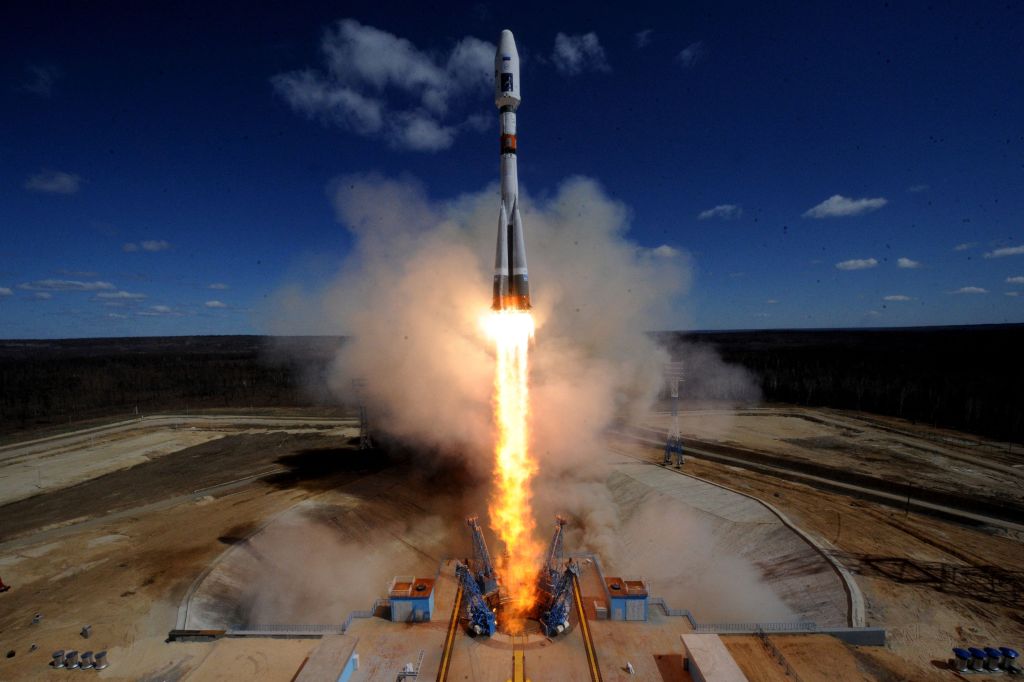On Friday, a Japanese spacecraft successfully deployed two rovers to the surface of asteroid 162173 Ryugu, located 200 million miles from Earth, marking the first time in history that mobile robots have touched down on an asteroid.
As if this milestone wasn’t exciting enough, the Hayabusa2 rovers—named MINERVA-II1 A and B—took stunning pictures during the descent and landing, as well as this motion-blurred snapshot, taken during a “hop” performed by Rover-1A.
Videos by VICE
The left side of the picture shows the rocky surface of Ryugu, which measures about one kilometer in diameter. The right side is illuminated by lens flares from the Sun. The low-gravity environment makes driving on wheels around the asteroid impractical, so the rovers move by leaping up to 40 feet at a time, in roughly 15-minute increments.
This shot was taken by Rover-1A on Friday, shortly after MINERVA-II1 was jettisoned from the Hayabusa2 spacecraft, which has been in orbit around Ryugu since June. The asteroid is at the bottom of the frame, while the mothership is the blurry object at the top.

Rover-1B captured another view of the descent here, as the landers approached the asteroid surface.

These spectacular images are just the first of many expected visuals from the dramatic mission. Launched in 2014, Hayabusa2 aims to survey Ryugu from orbit and collect samples from the asteroid that will be returned to Earth for further study. The first Hayabusa mission, launched in 2003, successfully collected samples from asteroid 25143 Itokawa, and returned the goods to Earth in 2010. (Many sample return missions have visited asteroids and comets, but Hayabusa2 is the first to deploy mobile rovers on these objects).
JAXA’s overarching aim with the Hayabusa series of spacecraft is to explore different types of near-Earth asteroids to understand the early history of the solar system, when most of these small objects were formed. The two asteroids are also both potentially hazardous since they’re so close to us, so these missions can inform threats of impacts on Earth.
To learn even more about Ryugu’s origins and evolution, Hayabusa2 will send a German-French pair of rovers called MASCOT to the surface in October, and a third MINERVA rover will be dispatched to the surface next year.
Read More: Japan Just Became the First Country to Deploy Rovers on an Asteroid
Hayabusa2 will also shoot an explosive impactor at the asteroid in 2019, the aftermath of which will be captured by a separate deployable camera.
Once all these probes have collected a variety of ground samples, including subsurface material exposed by the explosion, the spacecraft will depart Ryugu in December 2019, head back to Earth, and drop off the materials in late 2020.
Get six of our favorite Motherboard stories every day by signing up for our newsletter.




